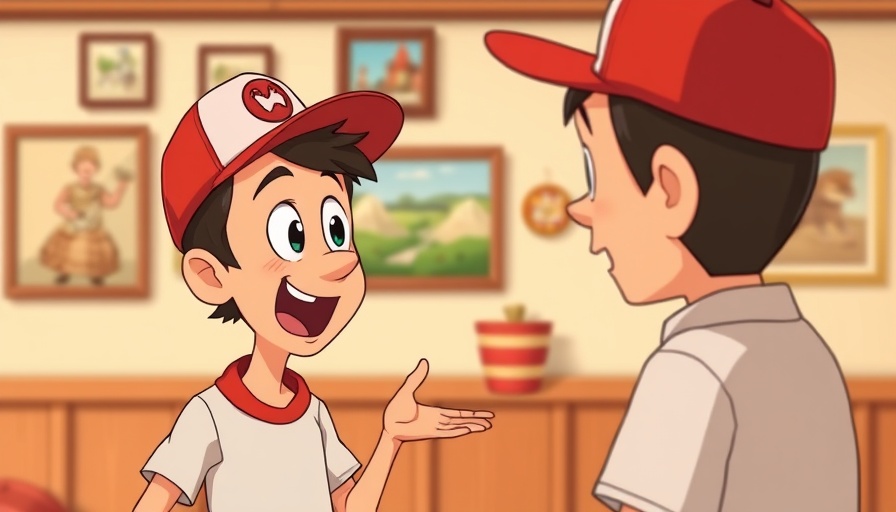
Do Disney Characters Set Beauty Standards?
The magical world of Disney has enchanted audiences for generations, infusing our lives with memorable characters and vibrant stories. But, have you ever stopped to think about how these animated figures might shape our perception of beauty? As Emily Vargas explores in her analysis, the jaw structures of these characters play an interesting role in defining what we consider attractive.
In 'Do Disney Characters' Jaws Influence Our Perception Of Beauty?', the discussion dives into how animated characters shape beauty ideals, exploring key insights that sparked deeper analysis on our end.
The Jaw Structure Dichotomy: Heroes vs. Villains
A fascinating observation from recent discussions is the stark contrast between heroes and villains in Disney films, particularly in their jaw structures. Disney heroes boast strong, defined jaws that are perfectly sculpted— a visual representation of strength and virtue. These characters often present with minimal facial fullness and a well-defined jawline that adds to their overall appeal.
In contrast, villainous characters typically possess pointed chins and softer jawlines, sometimes appearing fuller around the chin area. This visual language can unconsciously influence how audiences formulate beauty standards, particularly among impressionable young viewers. But why does this matter?
Emotional Impact of Beauty Standards
Beauty standards are not just sneakily embedded in our entertainment; they can also have significant emotional repercussions. Young viewers often compare themselves to these characters, leading to a misunderstanding of beauty. When they see the perfect jawlines of Disney heroes, they might feel dissatisfied with their own natural features.
Emily Vargas understands this pressure deeply. Her experience in the cosmetic industry has showcased how common it is for individuals to aspire to certain looks—often inspired by fictional characters. It’s crucial for us to foster discussions around the value of individuality and authenticity in beauty rather than striving for an unattainable ideal set by animated figures.
Recognizing the Difference Between Reality and Animation
As adults, we may recognize that Disney characters are stylized versions of people, designed primarily to convey traits like heroism or villainy through exaggerated features. However, children are still learning how to navigate these ideals, making it vital for us to guide them. Discussion about beauty in media should emphasize that reality encompasses a much broader spectrum.
What They Teach Us About Transformation
While the pursuit of a Disney-worthy jawline might seem appealing, transformation is about embracing your own unique features. Emily Vargas suggests focusing on what makes each person special rather than conforming to a singular, animated ideal of beauty. Whether through cosmetic procedures or embracing natural qualities, it’s important to reflect on what brings out your inner beauty.
How to Cultivate a Positive Perception of Beauty
To foster a healthy outlook on beauty, consider these actionable steps:
- Encourage Individuality: Whether you’re a parent or a friend, uplift and celebrate what makes someone unique.
- Media Literacy: Engage in conversations about the portrayals of beauty in media and how these differ from real life.
- Promote Self-Love: Help loved ones understand the importance of self-acceptance and appreciating their own features.
Conclusion: Embrace Your Own Disney Story
In a world increasingly influenced by media portrayals, understanding the distinction between animation and reality is crucial. Characters like those from Disney offer entertainment and inspiration, yet their impact on our perception of beauty can lead to unrealistic expectations. Instead, let’s celebrate our differences and embrace the beauty that lies within each of us. Remember, your journey—much like a Disney story— is about transformation, courage, and ultimately, self-love.
 Add Row
Add Row  Add
Add 






Write A Comment